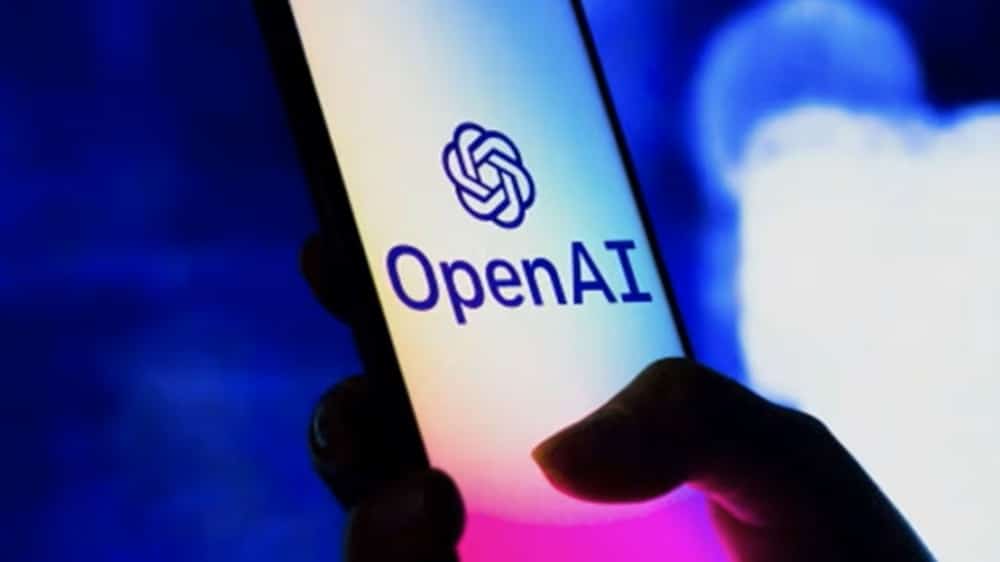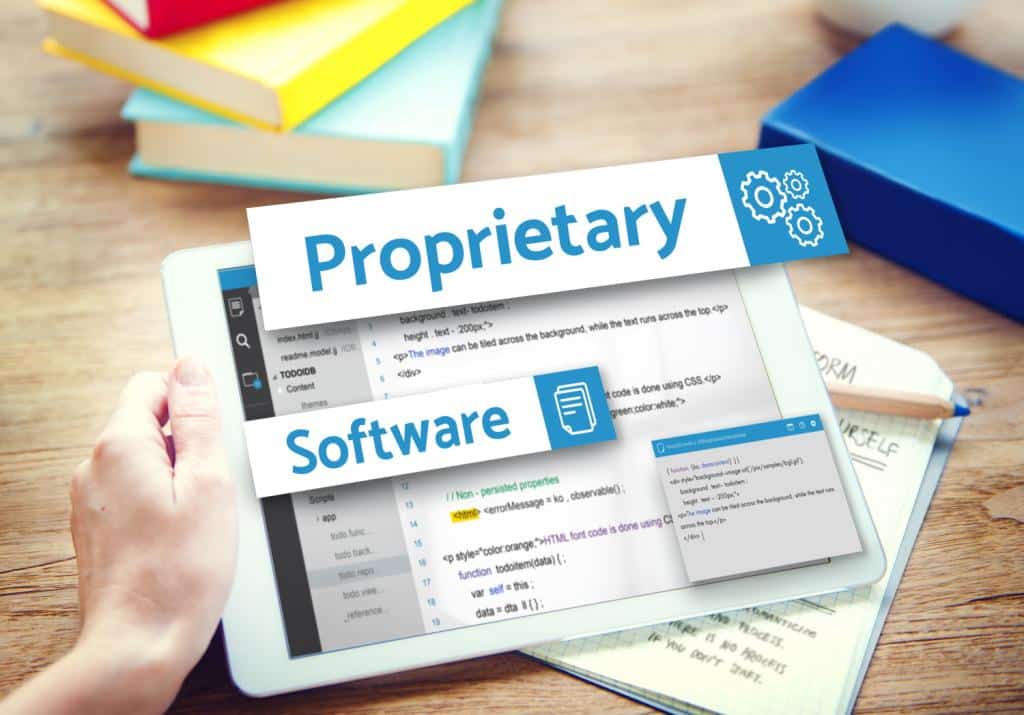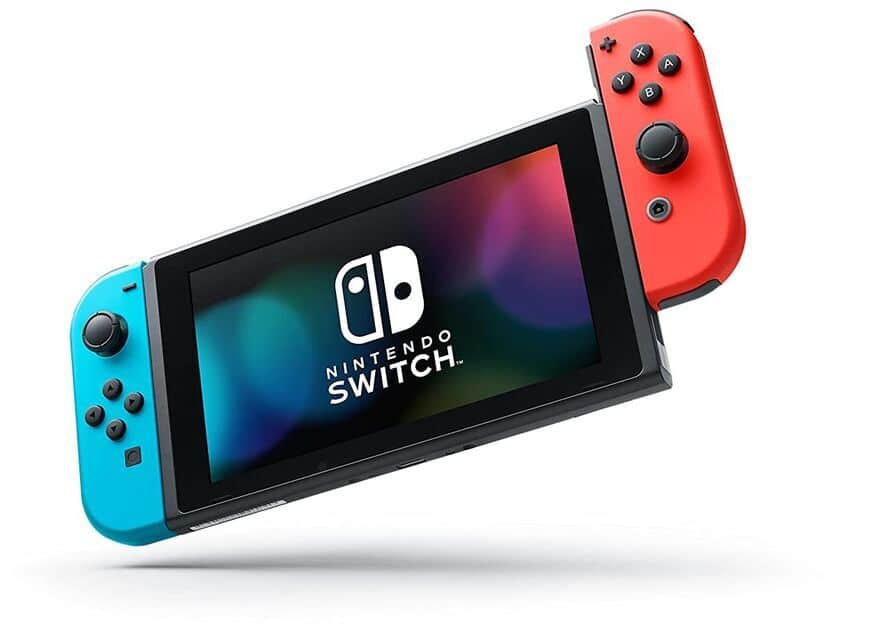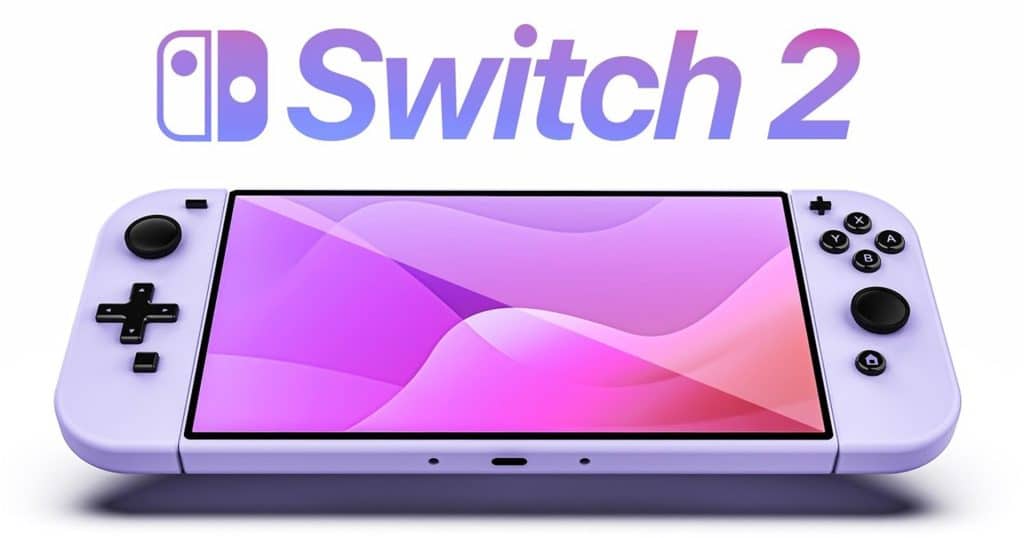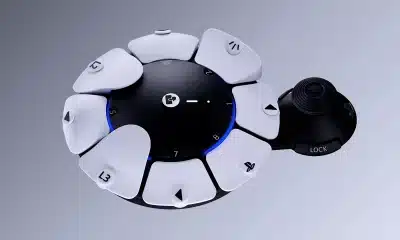Tech
What is Proprietary Technology: Understanding Definition, Examples, and Advantages

In the realm of technology, the term “proprietary technology” often emerges, but what does it really mean? In this post, we ask what is Proprietary Technology, we will delve into the concept of proprietary technology, exploring its definition, significance, and practical implications.
Whether you’re a tech enthusiast, a business owner, or simply curious about the latest innovations, understanding proprietary technology is key to navigating the modern digital landscape. Let’s uncover the essence of proprietary technology and its impact in today’s tech-driven world.
What is Proprietary Technology?
We ask What is Proprietary Technology, proprietary technology refers to any technology, tool, or system that is privately owned and controlled by a specific individual, organization, or company. This means that the intellectual property rights of the technology are owned exclusively by the entity that developed it, giving them full control over its use, distribution, and modification.
Definition of Proprietary Technology
Proprietary technology encompasses a wide range of innovations, including software, hardware, algorithms, and processes. It is characterized by its uniqueness and the competitive advantage it provides to its owner. Unlike open-source technology, proprietary technology is not freely available for public use or modification.
Examples of Proprietary Technology
- Adobe Photoshop: Adobe’s image editing software is a prime example of proprietary technology. Its advanced features and functionalities are exclusive to Adobe, giving them a competitive edge in the market.
- Apple iOS: The operating system of Apple’s mobile devices, iOS, is another example of proprietary technology. Its closed ecosystem and unique user experience differentiate it from other mobile operating systems.
- Tesla’s Autopilot: Tesla’s autonomous driving technology, Autopilot, is a proprietary system that sets the company apart in the electric vehicle industry. Its advanced capabilities and continuous improvements are proprietary to Tesla.
By understanding the concept and examples of proprietary technology, it becomes clear how such innovations contribute to the competitive landscape of various industries and the overall advancement of technology.
[For more information on proprietary technology, you can refer to this article on Intellectual Property Rights.]
Characteristics of Proprietary Technology
In the realm of technology, proprietary solutions boast unique features that set them apart from open-source alternatives. These unique features are specifically designed to address particular user needs and offer a competitive advantage in the market. By harnessing proprietary technology, companies can tailor their platforms to deliver specialized functionalities that cater to their target audience’s requirements. Incorporating distinctive elements, such as custom algorithms or exclusive interfaces, allows proprietary technology to offer unparalleled capabilities that differentiate them from standard offerings.
Unique Features
One of the defining characteristics of proprietary technology lies in its unique features, which are meticulously crafted to align with the company’s specific objectives and the demands of its user base. These features may include highly specialized functionalities, innovative user interfaces, or proprietary algorithms that embody the company’s intellectual prowess. By integrating these distinct attributes, proprietary technology not only provides a tailored user experience but also sets the product apart from its competitors in the market.
Intellectual Property Rights
Proprietary technology is safeguarded by robust intellectual property rights, ensuring that the innovative solutions developed by companies remain exclusive to their ownership. These rights, including patents, trademarks, and copyrights, protect the company’s technological advancements, preventing unauthorized replication or utilization by competitors. Through the enforcement of intellectual property rights, proprietary technology creators can maintain a competitive edge in their respective industries and continue to drive innovation without the risk of infringement.
In essence, the unique features and intellectual property rights associated with proprietary technology underscore its distinctiveness and value in the technology landscape.
For further insights into intellectual property rights and their significance in technology, refer to resources such as the United States Patent and Trademark Office (USPTO) and the World Intellectual Property Organization (WIPO).
Advantages of Proprietary Technology
In today’s fast-paced and competitive business landscape, proprietary technology offers numerous advantages to companies that choose to invest in it. Let’s delve into the key benefits that come with utilizing proprietary technology.
Control and Customization
With proprietary technology, businesses have full control over the development, implementation, and maintenance of their systems. This allows for tailored solutions to meet specific business needs, with the ability to customize features and functionalities as required. By having complete control, companies can swiftly adapt to changes in the market and address any evolving requirements, giving them a significant advantage over competitors.
Competitive Edge
By leveraging proprietary technology, companies can gain a competitive edge in the market. The ability to offer unique and differentiated products or services sets them apart from others, often leading to increased customer loyalty and market share. This exclusivity can drive brand recognition and establish the company as an industry leader, further solidifying its position in the market.
Revenue Generation
Proprietary technology can be a source of significant revenue generation for businesses. Through patents, licensing agreements, or outright sales, companies can monetize their proprietary technology, creating additional streams of income. Furthermore, the enhanced efficiency and effectiveness that comes with proprietary systems can lead to cost savings and increased productivity, directly impacting the bottom line.
Incorporating proprietary technology can provide businesses with unparalleled advantages, encompassing control, competitiveness, and revenue generation. It’s a strategic investment that can propel companies forward in today’s dynamic business environment.
Disadvantages of Proprietary Technology
Cost
Proprietary technology often comes with high costs due to licensing fees, maintenance, and upgrades. Companies utilizing proprietary technology may find themselves investing significant resources in ensuring they remain competitive and up to date, creating financial strain in the long run. These expenses can hinder smaller businesses from accessing the latest advancements and innovation, impacting their ability to compete with larger enterprises. More information on the drawbacks of proprietary technology related to cost can be found on TechCrunch.
Limited Compatibility
One significant drawback of proprietary technology is its limited compatibility with other systems and software. This can result in difficulties when attempting to integrate new proprietary solutions with existing platforms, leading to operational inefficiencies and the need for additional custom development or workarounds. Moreover, limited interoperability can restrict the organization’s flexibility in adapting to evolving technological landscapes, potentially hindering overall growth and innovation. For further insights into the limitations of proprietary technology compatibility, visit Forbes.
Dependency
Utilizing proprietary technology can lead to a dependency on a single vendor or provider. This dependence poses a risk, as any issues or changes within the vendor’s business model can directly impact the user’s operations. Additionally, reliance on a specific vendor for updates, support, or future developments can limit an organization’s autonomy and strategic decision-making. By exploring the potential risks of technological dependency, businesses can make informed choices to mitigate such vulnerabilities. Delve into the topic of proprietary technology dependence further at Harvard Business Review.
Protection of Proprietary Technology
Launching a new proprietary technology into the market comes with its own set of challenges, particularly in safeguarding the innovation from unauthorized use or duplication. Businesses often employ a combination of legal avenues and strategic measures to protect their proprietary technology, including patents, copyrights, and trade secrets.
Patents
Securing a patent grants exclusive rights to the inventor, preventing others from producing, selling, or utilizing the patented invention without permission. This legal protection incentivizes innovation while providing a competitive advantage in the marketplace. For detailed information on the patent application process and eligibility criteria, refer to the official website of the United States Patent and Trademark Office (USPTO).
Copyrights
Copyright protection applies to original works of authorship, encompassing literary, artistic, and musical creations, among others. By obtaining a copyright, the creator gains the sole right to reproduce, distribute, and display the copyrighted work. To delve deeper into copyright laws and registration procedures, visit the Copyright Alliance (Copyright Alliance).
Trade Secrets
Trade secrets encompass valuable and confidential business information, such as formulas, processes, and customer lists, that provides a competitive edge. The protection of trade secrets involves taking proactive measures to maintain their confidentiality, ensuring that unauthorized access is prevented. For insights into safeguarding trade secrets and their significance, refer to the World Intellectual Property Organization (WIPO).
In the dynamic landscape of proprietary technology, leveraging these legal mechanisms can fortify the position of innovators and businesses, fostering continued progress and advancement.
Conclusion on What is Proprietary Technology
In conclusion, proprietary technology refers to any unique technology or process that is owned and controlled by a specific individual or organization. It plays a crucial role in gaining a competitive edge and fostering innovation in various industries. Understanding the significance of proprietary technology can help businesses leverage its benefits to drive growth and success in the ever-evolving market landscape.
Keywords: popular definition of proprietary technology, opensource and proprietary software,proprietary technologies vs infrastructural technology, competitive advantage gaining an edge
Tech
Nintendo Switch 2: Rumors, Release Date, Specs, Games, Price, and More in 2025
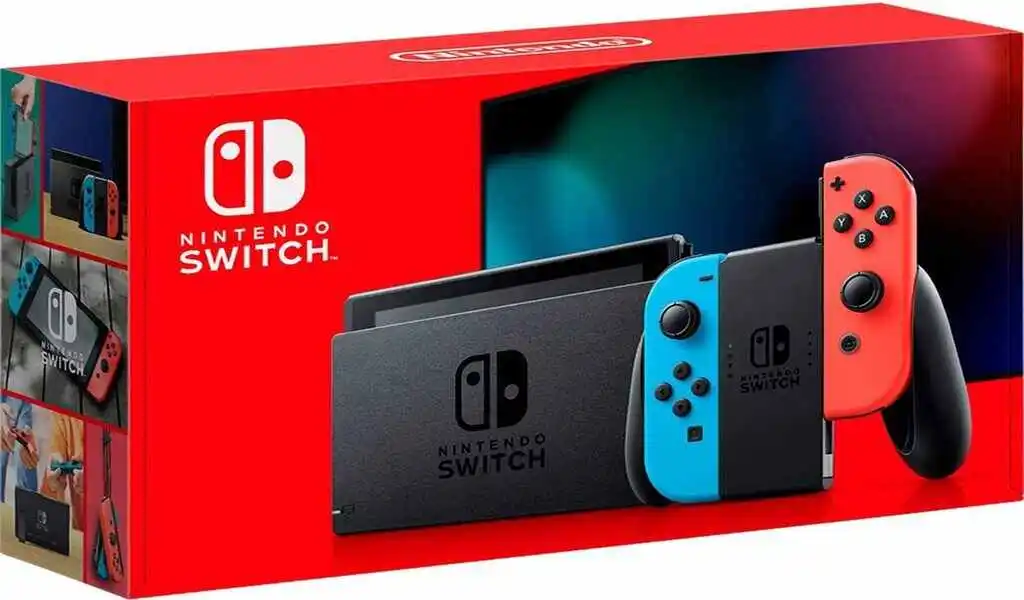
After seven years, 130 million systems, and over 1 billion games sold, Nintendo is apparently preparing to release new hardware. In this article, we’ll review everything we know about the Switch 2 (or whatever the next console is named) and guess at Nintendo’s next system.
It discusses the system’s likely form factor, the Switch 2’s release date, price, launch games, backward compatibility, and more. For the purpose of convenience, we’ll refer to the new system as the Switch 2, though based on Nintendo’s history, it’s probable that the console will be given a new, original moniker.
Some predict Nintendo to unveil and ship the Switch 2 around 2024, although a more recent source suggests that a 2025 release date is possible. The Switch, released in 2017, was a well-received and economically successful console, but fans are constantly looking for something fresh and exciting, and Nintendo is known for delivering.
In 2021, Nintendo executives stated that the Switch was in the middle of its lifetime. Well, it’s now 2024, and it’s reasonable to presume that the Switch has reached a later stage in its existence, possibly reaching the end. There are still a lot of unresolved questions about the Switch 2, but for now, here’s what we know.
Nintendo Switch 2’s rumored release date
We do not know for sure. The Switch debuted in March 2017, but there is no assurance that Nintendo will follow the same strategy with its next piece of hardware. The Wii and Wii U, for instance, were released in November.
One notion is that Nintendo would release the Switch 2 in the first half of 2024 to address any potential stock shortages before the crucial holiday shopping season when Nintendo wants to ensure adequate supply in the market.
Earlier this year, an official press release from GameShark’s most recent encounter revealed a September 2024 release date for the Switch 2. However, this is unlikely to be authentic.
According to one analyst, Switch 2 will come in 2024 with an 8-inch LCD panel, presumably a step down from the smaller OLED screen in the previous edition.
According to recent sources, Nintendo has postponed the debut of the Switch 2 until 2025. Following the revelation of these predictions, Nintendo’s stock price collapsed. Industry watchers observed that if true, it would present a “fairly devastating” picture for the gaming sector in 2024.
Switch 2: Potential Specifications
One of the most unknown aspects of Nintendo’s next piece of hardware is what it will be. According to former Nintendo employees, the new device would be similar in size to the Switch and may be used as a handheld or docked to a TV.
Nintendo has not revealed any details regarding its upcoming system, stating that it aims to “surprise and delight” people. For now, we can only speculate and make predictions.
According to Digital Foundry, the Switch 2 may employ Nvidia’s new custom version T239 CPU. The site built a PC based on what it thought the Switch 2’s specs will be and discovered that it could run Death Stranding at 1080p with an average frame rate of 35 fps.
Switch Two Games with Backward Compatibility
Nintendo is widely expected to develop a new Mario Kart game for their next home system; there are few safer bets in gaming. According to a report, Mario Kart 9 will include a “new twist,” which fans are excited to discover.
If a new Mario Kart game is in development, it would appear to be a good financial decision to make it the launch title for the next platform.
According to a 2023 rumor, several developers have already started developing games for the new Nintendo console, but no official announcements have been made yet.
Fans want to know if the next Nintendo console will accept Switch games. We do not know. However, Nintendo’s past statements regarding the Nintendo Account system transferring over to the next generation may indicate that the company plans to provide some kind of backward compatibility.
A former Nintendo employee believes the Switch 2 will be backward compatible with digital eShop games.
Keep checking back with GameSpot for more details on the next Nintendo console. We’ll update this story as new information becomes available.
Switch 2 Price.
Everything is conjecture at this point because the Switch 2 has not been released. One analyst predicts the Switch 2 will cost $400, with top-tier titles selling for $70. The original Switch cost $300, and its inexpensive pricing undoubtedly contributed to the system’s outstanding commercial performance.
It is unclear whether the next Nintendo system will have a single SKU or many variants at different price ranges.
The projection that game costs will rise to $70 is hardly surprising. After all, Nintendo already paid $70 for Tears of the Kingdom, which was a smash hit at that price point.
Nintendo stated that the current Switch game pricing was a one-time event. However, charging $70 for Switch 2 games would align with the pricing of top firms such as Microsoft, Sony, and third-party publishers.
Switch 2 News.
Nintendo’s earlier consoles featured separate account systems, and players had to create new accounts for future hardware releases. The new Nintendo Account could smooth the move to the next Nintendo console.
Additionally, it “allows us to communicate with our players if and when we make a transition to a new platform, to help ease that process or transition,” Doug Bowser, Nintendo’s CEO, stated.
“Our goal is to minimize the dip you typically see in the last year of one cycle and the beginning of another,” he said. “I can’t speak to the possible features of a new platform, but the Nintendo Account is a strong basis for having that communication as we make the transition.”
Nintendo CEO Shuntaro Furukawa stated in 2023 that the future console would have the same Nintendo Account system as the Switch, so Bowser’s suggestion is not surprising.
Yijia Zhai of Macquarie Group Ltd. told Bloomberg that the next Nintendo system will not be as successful as the Switch.
“We do not think the new console will be as successful as the Switch, and we see potential profit-taking after the announcement,” Zhai said, adding that Macquarie had lowered Nintendo’s stock analysis to “neutral.”
Meanwhile, Goldman Sachs analyst Minami Munakata predicted that the latest Nintendo hardware would not improve Nintendo’s total addressable market. However, the company isn’t committed to that idea and says its projection might change if the system “turns out to be new concept hardware rather than a successor along the same lines as the Nintendo Switch.”
A platform that isn’t as successful as the previous one may not convey the full story, and it’s not necessarily bad news for Nintendo. The Switch, of course, did extraordinarily well in terms of hardware and software sales. And this accomplishment is all the more evident given the Wii U’s poor performance.
Nintendo has not stated when it plans to introduce new hardware, but some speculate that an announcement could coincide with Nintendo’s fiscal schedule.
Nintendo’s new fiscal year begins on April 1, thus some are expecting an announcement shortly before then to assist boost the stock price and generate momentum for the following quarter. Nintendo’s stock recently hit a new high, and some analysts predict even better gains if the company does indeed announce new hardware shortly.
Tech
Top Free SEO Tools for Freelancers in 2024
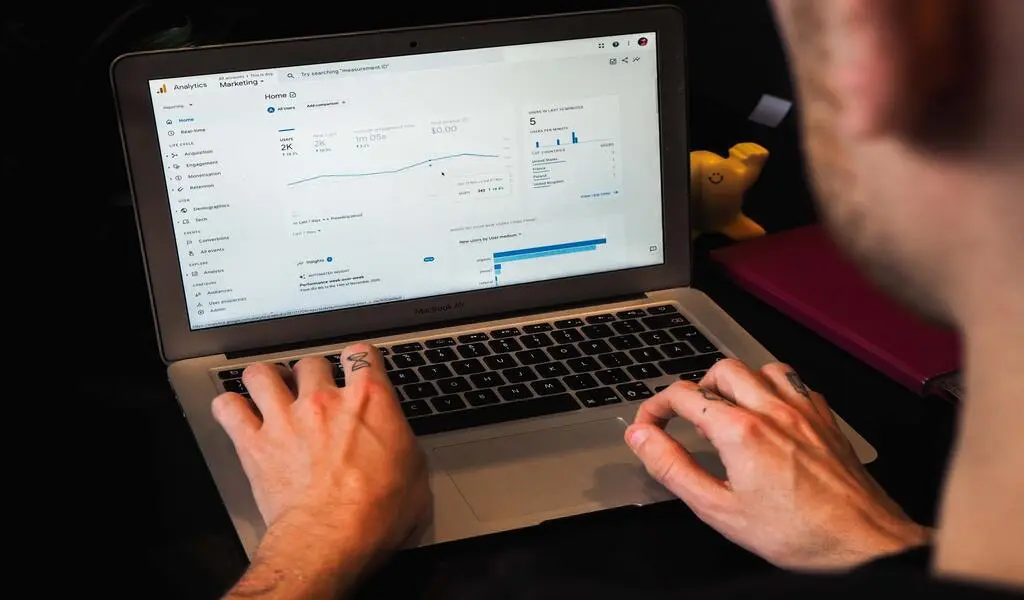
Free SEO Tools for Freelancers: A freelancer must understand his or her market, competitors, and customers to consistently earn a sustainable income and maintain an edge in the race for freelance talent.
The competition is fierce, and the freelancer market is becoming saturated, making it more difficult to secure gigs and attract clients. With more than half of the U.S. workforce turning to side hustles as a primary or secondary source of income to help manage soaring living costs, there are approximately 1.57 billion freelancers worldwide.
Because of this, freelancers should have SEO tools in their toolkit to gather useful data that will assist them in making informed decisions.
Using this technology allows freelancers to identify new product or service ideas, assess search trends to identify new product or service ideas, and remain relevant in today’s conversations to keep their audience (for their brand) and customers engaged on social media and their websites daily.
Nevertheless, you decided to become a freelancer because you can barely make ends meet, and with the recent spike in mortgage prices, you are in a tough spot financially.
If you are starting and trying to launch your side hustle (or main hustle) with as little capital as possible, investing in comprehensive SEO packages such as Semrush may not be your first move.
It is good news that there are free SEO tools that can be just as effective, at least to begin with- depending on what they are being used for.
To begin with, what exactly is SEO, and why is it so important?
What Is SEO And How Does It Work?
SEO refers to ensuring your web pages and content are well-optimized for search engines, particularly the most popular ones, such as Google and Bing.
Once you learn how to use SEO effectively, you can position your brand in front of thousands, if not millions, of potential customers. Google dominates the search engine market, processing approximately 8.5 billion daily searches.
If you tap into this pool of potential leads, even if you have less than 1% of the market share, you can secure many high-paying gigs and projects as a freelancer.
Obtaining the coveted top spot in Google search results takes significant effort, but once you develop an SEO strategy and use tools to interpret the data and analytics behind it, you will see results.
These results can include:
-
An increase in website traffic – more clicks and visits that may result in paying customers
-
You will become more credible as a freelancer if you consistently rank well on search engines
-
Leads that are pre-qualified since they are people who are already interested in your products or services
-
The ability to compete with other freelancers and even companies
-
In comparison with paid advertising, it is cost-effective and sustainable over the long term
To optimize your SEO strategy as a freelancer, you need to understand who your target audience is, where they hang out, and what they search for. When you understand their needs, you will be better positioned to appear in their search results on Google or Etsy, for instance.
Free SEO Tools For Freelancers
The following 10 free SEO tools will provide you with useful insights as a freelancer by providing data, research, and analytics. These tools have all been ranked highly by tech review sites such as Trustpilot, Capterra, Product Review, G2, and others, and many offer forever free plans/features, free trials, and paid upgrade options. AI-enhanced features are also available in some cases.
- Serpple
- Google Trends
- Google Search Console
- Google Analytics
- Similarweb
- Rankwatch
- EtsyHunt (for SEO research if you sell digital or physical products on Etsy)
- Moz Keyword Explorer
- Keyword Surfer (by Surfer)—free Chrome extension
- Keysearch (has a collection of free SEO research tools for Etsy, Amazon, eBay, and others)
As with any new tool you use to grow or build a business venture, it is important to evaluate the pros and cons of each, experiment, and determine which tool is most effective.
You might decide to stick with one or use a combination of tools. What is most important is to remember that, ultimately, research of the customers you are serving is essential to being a successful freelancer. You won’t stand out if you cut corners here.
Computer
Cisco Systems Joins Microsoft, IBM In Vatican Pledge To Ensure Ethical Use And Development Of AI

ROME — Cisco Systems, a prominent technology company, has recently joined Microsoft and IBM in endorsing a pledge initiated by the Vatican. This pledge aims to guarantee the ethical development and utilization of artificial intelligence for the betterment of society.
The Vatican said that Chuck Robbins, the CEO of Cisco Systems, had signed the Rome Call document and privately met with Pope Francis.
AP – VOR News Image
Cisco Systems Joins Microsoft, IBM In Vatican Pledge To Ensure Ethical Use And Development Of AI
The promise delineates fundamental principles for the ethical and conscientious utilization of AI. The statement underscores the importance of designing, utilizing, and overseeing AI systems in a manner that prioritizes and safeguards the dignity of all individuals without any form of discrimination and their surroundings. The document emphasizes the importance of transparency, inclusivity, responsibility, impartiality, and security in guiding all AI advancements.
AP – VOR News Image
Cisco Systems Joins Microsoft, IBM In Vatican Pledge To Ensure Ethical Use And Development Of AI
The document was revealed and officially endorsed during a Vatican meeting on February 28, 2020, shortly before Italy implemented strict measures due to the COVID-19 epidemic. The document’s signatories were Brad Smith from Microsoft and John Kelly III from IBM. Universities, United Nations agencies, private enterprises, and nongovernmental organizations have also agreed to participate.
Francis has advocated for an international agreement to guarantee AI’s ethical development and utilization, dedicating his yearly peace message to this subject.
Archbishop Vincenzo Paglia, the president of the Pontifical Academy for Life, who is spearheading the AI program, approved of Cisco’s involvement. He mentioned the IT company’s proficiency in “infrastructure, security, and safeguarding of AI data and systems.”
AP – VOR News Image
Cisco Systems Joins Microsoft, IBM In Vatican Pledge To Ensure Ethical Use And Development Of AI
The global spotlight has been directed towards artificial intelligence due to the remarkable progress made by state-of-the-art systems such as OpenAI’s ChatGPT. These systems have impressed users with their capacity to generate text, photographs, and melodies that closely resemble human creations. However, the advancement of technology has also sparked concerns regarding the potential hazards it presents to employment, privacy, copyright infringement, and even human existence.
SOURCE – (AP)
-
Entertainment5 months ago
Robert Downey Jr. Won’t Be Returning To The Marvel Cinematic Universe As Tony Stark
-
Politics5 months ago
Unveiling the Power and Influence of The Conservative Treehouse
-
Sports4 months ago
Saints’ Aggressive Play-Calling Ends Up Coming Back To Hurt Them In Loss To Rams
-
Business5 months ago
Tesla’s Cybertruck Hits The Market With A Higher Price Tag And Plenty Of Challenges
-
Celebrity5 months ago
Norman Lear, Producer Of TV’s ‘All In The Family’ And Influential Liberal Advocate, Has Died At 101
-
Innovation5 months ago
Sony Debuts First PS5 Controller For Disabled Gamers


